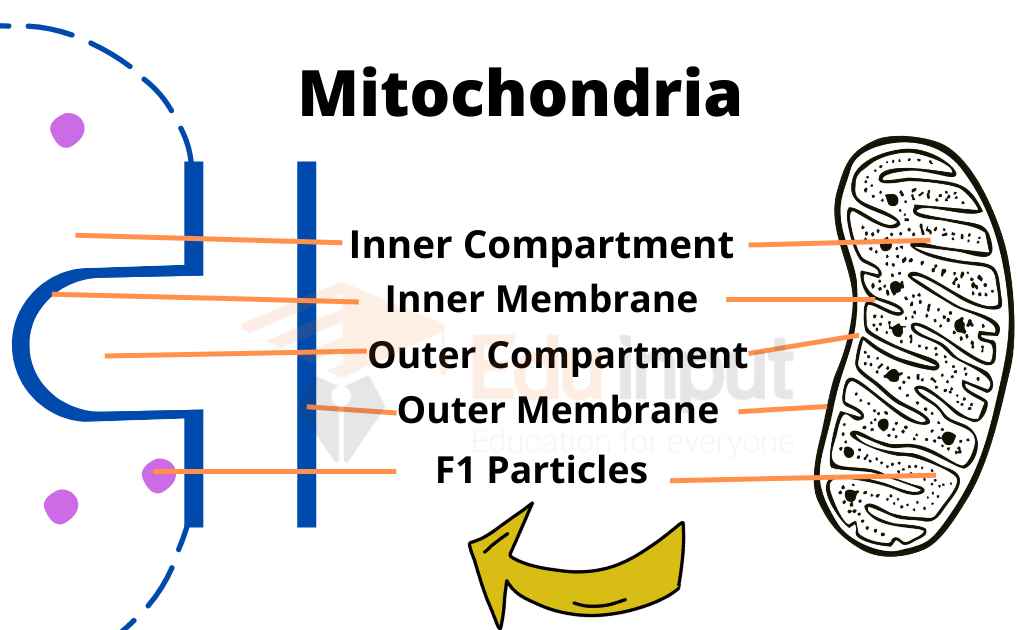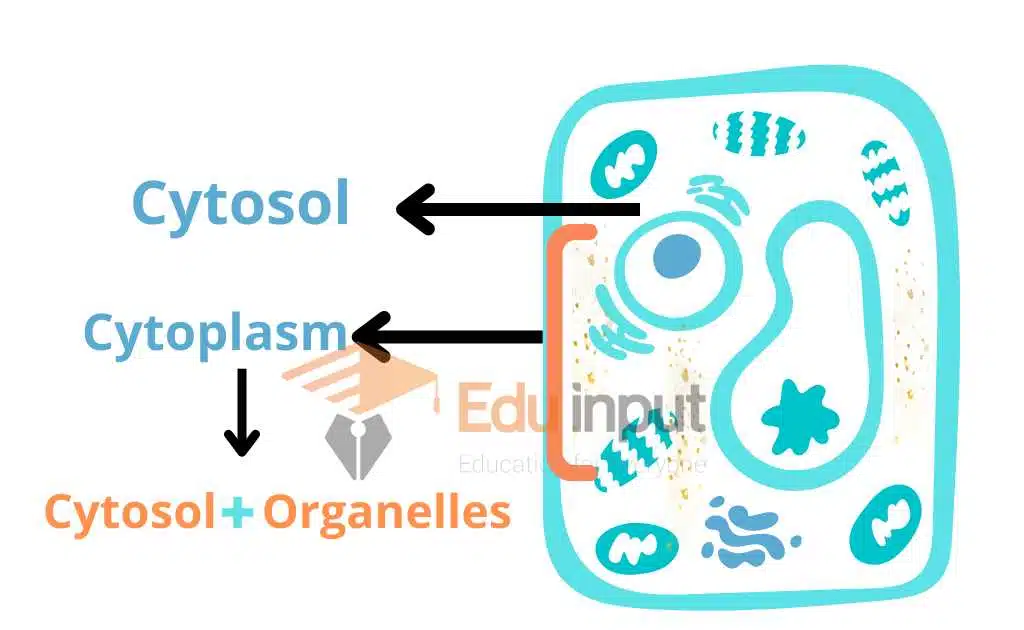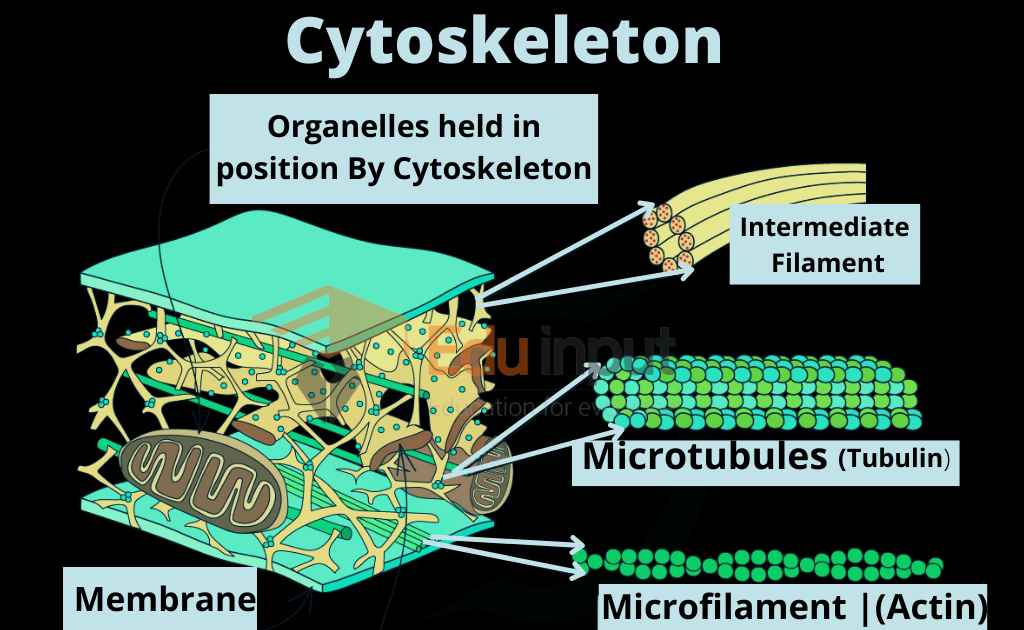What Are Multicellular Organisms? – Characteristics and Organization
Multicellular Organisms Are Those That Consists Of Multiple Cells. These Cells Perform Particular Functions. They Have Specialized Organs, For Particular Biological Activities.
Characteristics Of Multicellular Organisms
Important characteristics are enlisted below:
- They contains multiple cells
- They possess specialized organs for specific biological processes.
- They are eukaryotic.
- Their cells exhibit division of labor, as each cell performs a different function, in which it is specialized.
- They can reproduce by both modes, sexual and asexual reproduction.
Organization In Multicellular Organisms
The organization of cells is complicated as the cells have similar features in terms of shape, size, and function. A single cell can be divided into several parts in a unicellular organism. The function of each part is different and a group of cells can communicate with one another to perform a particular task. Specialized cells make organs.

Division of Labor
The cells of a multicellular organism perform all the functions that keep it alive. Specialized cells make up organs and organ system that carry particular processes. Some of the functions include:
• Transport
• Movement
• Circulation
• Production Of Hormones
• Reproduction
Nutrition In Multicellular Organisms
Multicellular organisms maintain homeostasis or balance of water, salts, and electrolytes by allocating nutrients based on what is available and what is needed. This is done by dividing up work among the various parts of cells or tissues within the organism.
Reproduction In Multicellular Organisms
They can reproduce sexually and asexually. Gametes are formed by meiotic division, which then makes an embryo and grows into new organisms.
Asexually, they can reproduce, as a new individual form from a fragment of the vegetative part of the organism is called budding. It is common in plant cells.
Respiration In Unicellular Organisms
Unicellular use cellular respiration. They have specialized respiratory organs for this purpose. Respiration in multicellular organisms is more complex than in unicellular organisms.
What Are The Most Common Multicellular Organisms?
The most common multicellular organism is the human being. This includes all types of body organs like lungs, liver, heart, skin, etc. Apart from that, there are animals like jellyfish, worms, insects, octopuses, etc.
The cells of a multicellular organism are organized into tissues and organs, which are made up of cells. An individual tissue is made up of a single cell type.
Examples Of Multicellular Organisms
- Human
- Plants
- Animals

Frequently Asked Questions (FAQs)
What are multicellular organisms and their example?
Multicellular organisms are those that consist of two or more cells. Plants are the most common example of multicellular examples.
Do multicellular organisms contain organs?
Multicellular Organisms show complex organizations. They have organs and organ systems to maintain body functions.
Which kingdom contains multicellular organisms?
Multicellular organisms are placed in three kingdoms; Kingdom Plantae, Animalia, and Protista.







Leave a Reply